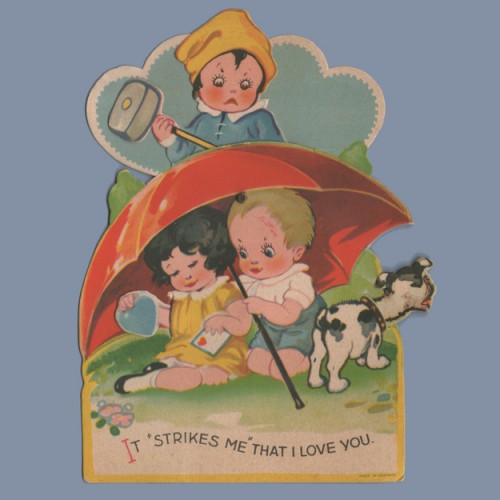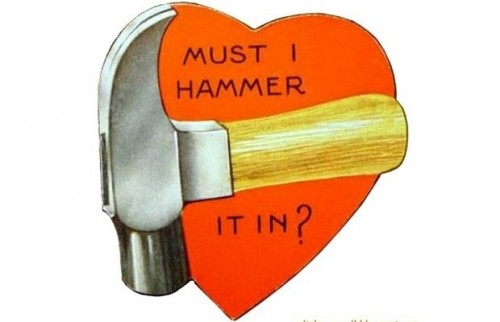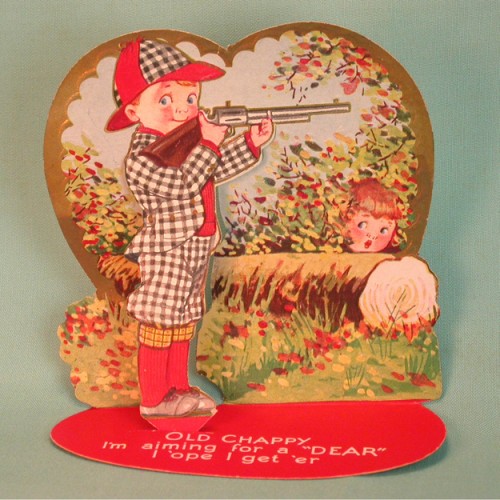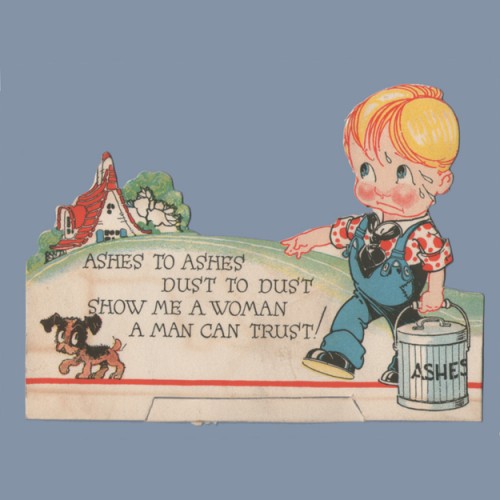Originally posted in 2010. Re-posted in honor of the holiday.
In the U.S., Valentine’s Day is pretty much for women. While women do give Valentine’s gifts to male partners, the emphasis among adults is on men giving items to women: flowers, candy, cards, taking them out to dinner, and so on. In many cases women aren’t expected to reciprocate, or can give a less expensive/significant present, and I doubt many give flowers or chocolate in heart-shaped boxes.
In Japan, however, the roles are reversed: women give chocolates to men, as well as often buying gifts and providing meals. It apparently isn’t entirely clear how this tradition emerged.
There are two types of chocolates that women give men. Giri-choco, or “obligation chocolate,” is relatively cheap and is what you give to coworkers and the like. Honmei-choco is higher-quality chocolate reserved for men a woman is close to–partners or perhaps a family member. Some women choose to make their own honmei.
Men aren’t off the hook, however. A month later, on March 14th, is White Day, a day when men give candy and other gifts to women. According to wikipedia, these gifts are supposed to be more expensive than what the men received on Valentine’s Day.
A lot of websites say that White Day was invented by a marshmallow company in the ’60s as a way to increase sales, but I can’t find any reliable source for this explanation.
It’s a good example of the social construction of holidays and food. In the U.S., chocolate is highly feminized–we think of it as a food that women particularly like, and ads about chocolate, especially fancy chocolates, are usually aimed at women (or men buying for them). Valentine’s Day and big heart-shaped boxes with large bows on them are likewise feminized. Valentine’s Day is, primarily, a day when men are expected to show their affection for women through the purchase of these things (and, as a side note, the chocolate that comes in those heart-shaped boxes is often pretty unappealing). Insofar as women reciprocate with gifts for men, they’re unlikely to come in a similar heart-shaped box. When I brought up this possibility to my students, they said that would be really unusual and the male recipient would probably feel strange about it.
In Japan, clearly chocolates for Valentine’s Day (even expensive, fancy chocolate), heart-shaped boxes, and big bows are considered appropriate gifts for men. It makes it clear how our association of chocolate with women is culturally specific.
Of course, the fact that on White Day men are supposed to give women more expensive gifts than they received indicates that, while Valentine’s Day specifically is for men, the expectation is that overall, the balance of gift-giving requires men to show more affection-via-spending, similar to U.S. expectations surrounding the holiday.
Other posts: the social construction of chocolate and marketing chocolate to men.
Gwen Sharp is an associate professor of sociology at Nevada State College. You can follow her on Twitter at @gwensharpnv.



















